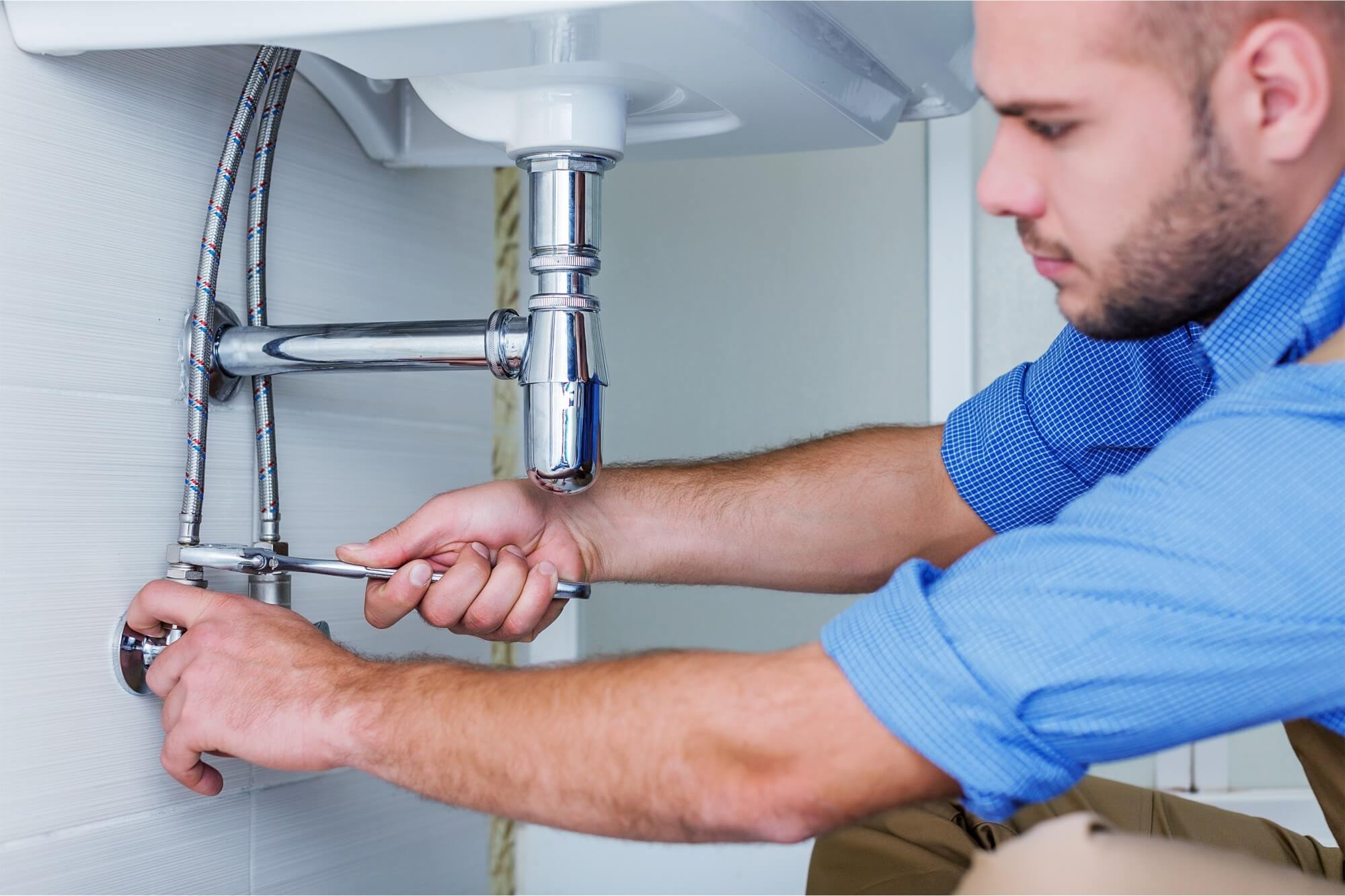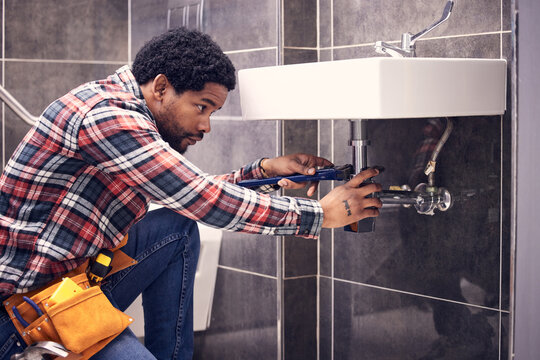A Detailed Guide to Reliable Hot Water Heater Installment for Ideal Efficiency
Getting started on the job of installing a water heater is an endeavor that requires precision and a methodical approach for achieving ideal efficiency. As you continue, the intricacies of linking water supply lines and establishing up reputable electric or gas links wait for, encouraging understandings into ensuring performance and integrity.
Picking the Right Water Heating Unit

Following, think about the dimension and capability of the water heating system. It's important to analyze your house's warm water demands, which can vary based on the variety of owners and their use patterns. A device that's also tiny might lead to not enough warm water, while an oversized design could result in unneeded power usage.
Efficiency ratings additionally play a pivotal duty in option. Search for hot water heater with high Power Factor (EF) scores, suggesting premium performance and lowered energy use. Tankless designs, though usually a lot more costly upfront, deal significant power financial savings gradually as a result of their on-demand heating capabilities.
Preparing the Installment Location
Before setting up a brand-new water heater, thorough prep work of the installment location is crucial. It's important to measure the space thoroughly to fit the water heater's dimensions, making sure adequate clearance around the system for efficient operation and maintenance.
Inspect the floor for security, as the water heater will need a solid, level surface to operate successfully. If required, set up a drip frying pan underneath the system to catch possible leaks or spills, stopping water damage to the surrounding location.
Additionally, make sure that all required tools and materials get on hand before beginning the installment. This consists of items such as wrenches, screwdrivers, a level, and any type of additional equipment required for installing and securing the heating unit. A well-prepared installment location establishes the foundation for a successful hot water heater setup, enhancing efficiency and security.
Connecting Water System Lines
When linking supply of water lines to your newly installed water heating unit, it is essential to ensure that all connections are leak-free and secure to keep efficient operation and prevent water damage. Begin by determining the hot and cool supply of water lines. The cold water inlet is commonly marked with a blue tag or a "C", while the warm water electrical outlet is noted with a red more label or an "H".
Use flexible water heater connectors to help with a much easier setup process. Prior to attaching the ports, put a plumbing's tape around the threaded ends of the water heating unit's inlet and outlet pipes.
Once links remain in location, slowly switch on the major water system shutoff. Inspect each connection for leaks by visually examining and really feeling for moisture. Tighten up links as essential, and guarantee the stress safety valve is properly installed, securing versus excessive stress build-up.
Establishing Electrical or Gas Connections
Effectively setting up the electrical or gas links for your hot water heater is an essential action to make certain safe and effective operation. For electrical water heating units, begin by confirming that the electrical circuit works with the heating system's voltage and amperage needs. Ensure the power supply is switched off at the breaker to avoid mishaps. Connect the electrical cords to the heating system adhering to the producer's circuitry representation. Typically, this includes attaching the ground cable to the green terminal, and the staying wires to their corresponding terminals, protecting each with cable nuts.
For gas water heating systems, security is critical. Link the gas line to the water heating system using a versatile gas port, ensuring it is appropriately threaded and sealed with pipeline joint substance or Teflon tape suitable for gas connections.
Once links are made, inspect for any type of potential leaks. For gas lines, apply a soapy water option to the joints; bubbles indicate a leakage. For electric connections, verify that all electrical wiring is safe and secure and properly shielded, preserving conformity with regional electric codes.
Changing and checking for Performance
With the electric and gas connections firmly in place, the next action is assessing the functional efficiency of your water heater. Begin by very carefully turning on the water supply and ensuring there are no leaks at any of the joints or shutoffs.
Following, perform a detailed evaluation to ensure the home heating official website elements or burner are working properly. For electrical heaters, use a multimeter to verify if the aspects are drawing the suitable existing. In gas models, observe the heater flame; it should be blue and constant, indicating efficient burning.
Readjust the settings as necessary to remove inefficiencies. Consider carrying out insulation steps, such find out here as adding a hot water heater covering, to additionally improve performance by reducing warm loss. Additionally, check the anode pole's problem, as a scrubby pole can decrease performance and cause storage tank deterioration.
Final Thought
Efficient water heating unit setup is essential for ensuring ideal efficiency and energy savings. Securely linking water supply lines and carefully establishing up electrical or gas connections minimize prospective issues.

Appropriately setting up the electrical or gas links for your water heating unit is a vital action to make sure efficient and safe procedure. For electrical water heaters, start by validating that the electric circuit is suitable with the heating system's voltage and amperage demands. Attach the gas line to the water heating unit making use of a versatile gas connector, guaranteeing it is appropriately threaded and secured with pipe joint substance or Teflon tape ideal for gas links.